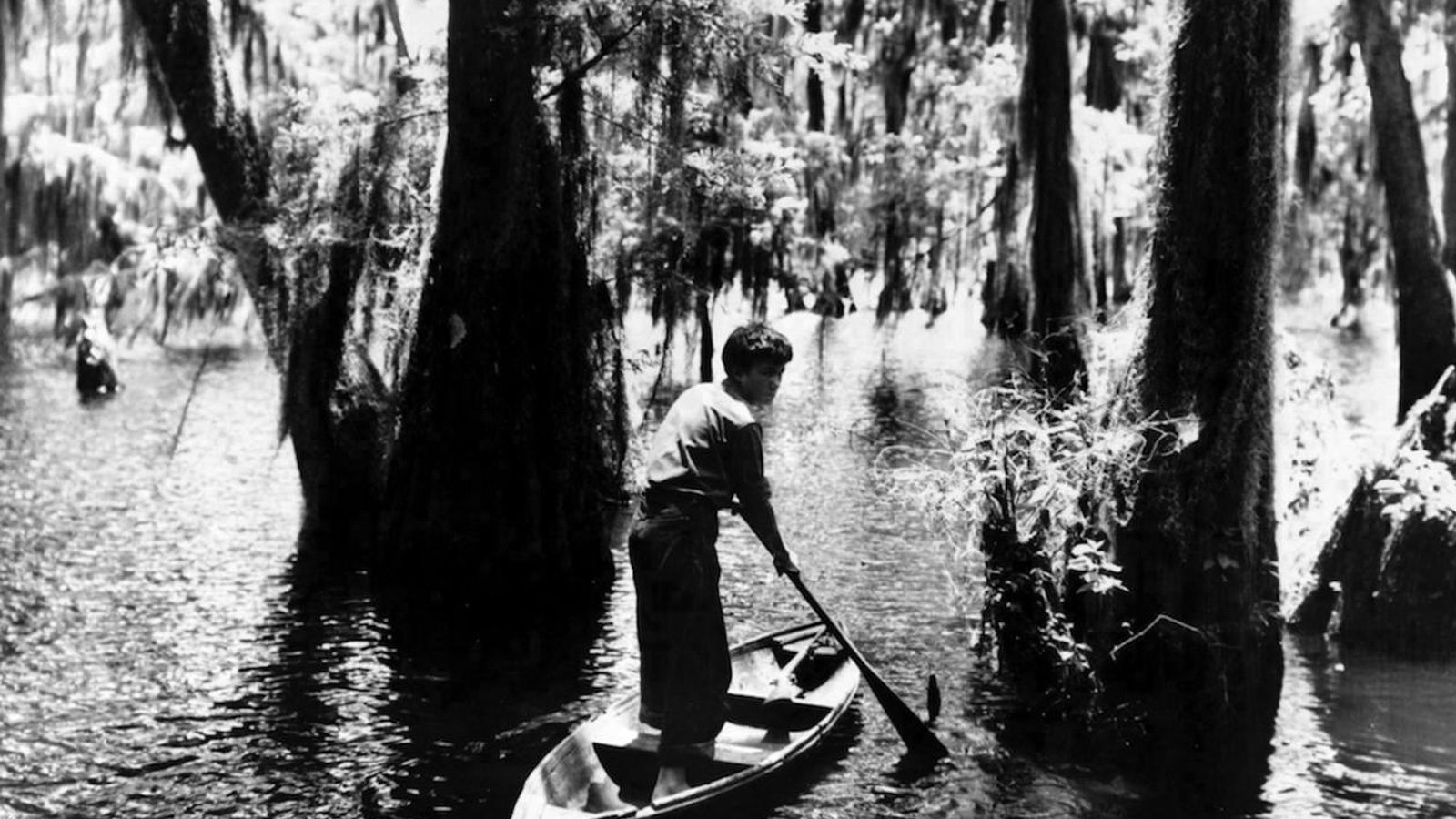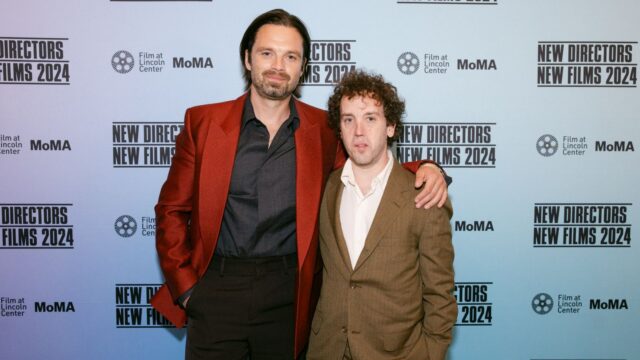Louisiana Story

Though popular conceptions of documentary associate the form largely with talking heads or a fly-on-the-wall observational style, one of the form’s progenitors, Robert Flaherty, worked in a decidedly different fashion, filming staged scenarios with his subjects that were generally typical of their milieu. Louisiana Story, his final film (and a personal favorite of another key figure in the series, Robert Bresson), a kind of bucolic idyll set to a buoyant Virgil Thomson score, follows a young Cajun boy and his pet raccoon as they float along the bayou, threatened by the creeping menace of alligators that glide silently across the water’s surface. The production, however, was commissioned by Standard Oil, and these swamp-pastoral images are juxtaposed with the whip and whir of machinery from a newly arrived drilling operation, providing the work’s animating tension. “Their singular beauty,” Siegfried Kracauer said of Flaherty’s films, “is a reward for patient waiting till things begin to speak. There is much time invested in them, and, of course, the patience goes together with sensitivity to the slow interaction between man and nature, man and man.”






